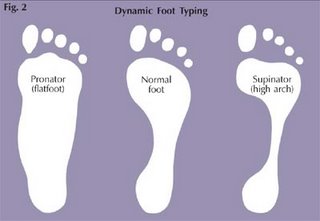
• Orthopeadics & physiotherapy are Two faces of same coin.A Good Orthopedic Surgeon is one who has a Good Physiotherapist (John Ebenezer. 2003).
• Physiotherapist blends with orthopedics and makes patient put back to normal
( Pre injury) state.
• The role of Physiotherapist doesn’t starts after the fracture is fixed or after the disease is healed but it starts from the day one of the onset of Disease or Fracture.
Causes for weakness following Immobilization
• Trauma to soft tissue
• Surgery (e.g., joint replacement)
• Joint disease (e.g., osteoarthritis)
• Prolonged immobilization
• Neuromuscular disease
Ultimate Purpose of exercise program is
· To restore function
· To restore Performance
· To restore Muscle strength
· To restore endurance – Pre trauma level
ISOMETRICS
n Maintain Muscle Strength
n Done at the early stage
n Done with POP or Plaster cast
n Done in Immobilization period
ISOTONICS
· Increase Muscle Strength
· Done at the Intermediate stage
· PRE are advised
· Dumbbells, Weight cuff, sand bags are used.
ISOKINETICS
Joint movement at a constant rate
Improves Muscle Strength
Done at the Late stage
Cyberx is used to train.
CONDITIONING EXERCISE:
Increase endurance
Cardiopulmonary fitness increases
Conditioning exercise enhance peripheral oxygen utilization & efficiency & result in Aerobic muscle metabolism.
E.g Stationary bicycle, Treadmill












